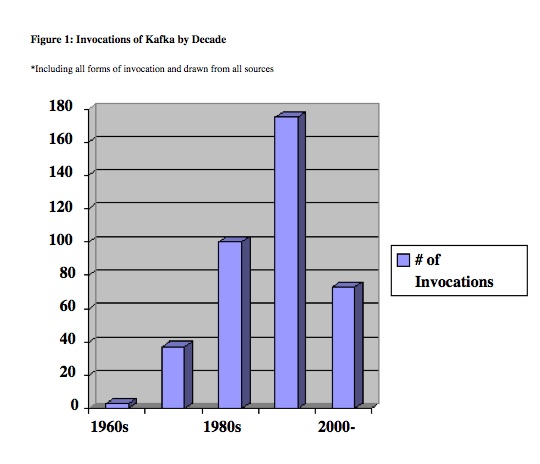A recent article in the Toronto Star discusses whether the names of parties in administrative tribunal reports, and also in court case reports, should be anonymised.
But the power of the Internet is also raising privacy alarms. In a recent speech to the Canadian Bar Association, federal Privacy Commissioner Jennifer Stoddart raised concerns that “highly sensitive personal information” is making it onto the Internet in documents and rulings posted online by federal tribunals. “The open court rule, which is extremely historically important, has now become distorted by the effect of massive search engines,” Stoddart later told reporters.
Names are traditionally replaced by initials in German court reports. The concern for privacy seems to outweigh the public’s right to know. This is discussed comparatively at some length by Gerhard Knerr in a 2004 article, Die Namensnennung bei der Publikation gerichtlicher Entscheidungen
In der Bundesrepublik Deutschland wird der ganz überwiegende Teil der Gerichtsentscheidungen ohne die Nennung der in den Originalen enthaltenen Namen veröffentlicht. Mindestens seit den 70er Jahren erfolgt die Entscheidungspublikation durchgängig anonym. Allerdings gilt dies nicht ganz ohne Ausnahmen. So werden etwa die Namen Prominenter, insbesondere absoluter Personen der Zeitgeschichte, bis in die jüngste Zeit regelmäßig genannt. Eines der bekanntesten Beispiele sind die zahlreichen Entscheidungen bezüglich Caroline von Monaco.
In Germany, most court decisions are published without the names. Since at least the 1970s, there has been anonymity – but with exceptions, for example the names of famous people (Princess Caroline of Monaco is a well-known example).
Ganz anders sieht die Praxis der europäischen Gerichte, also des Europäischen Gerichtshofs (EuGH) und des Europäischen Gerichtshofs für Menschenrechte (EGMR), aus. Der EuGH veröffentlicht seine Entscheidungen in aller Regel unter voller Nennung der Namen aller Parteien und sonstigen Verfahrensbeteiligten sowie der Richter. Bekannte Beispiele sind etwa die Fälle Stauder (Ulm), Francovich und Keck. Nur ganz ausnahmsweise sieht der EuGH von einer Namensnennung ab, bisweilen jedoch nicht einmal dann, wenn die Entscheidungen Informationen aus der Privat- und Intimsphäre der Betroffenen beinhalten, etwa im Fall Lisa Jacqueline Grant gegen South-West Trains Ltd(. Auch der EGMR nennt von wenigen Ausnahmen abgesehen die Namen der Parteien, etwa in den Fällen Axen und Pretto.
The practice is different in the European Court of Justice and the European Court of Human rights. The parties are usually named.
Auch in anderen Staaten, insbesondere denen des angelsächsischen Rechtskreises, werden die Entscheidungen namentlich veröffentlicht und in späteren Rechtsstreitigkeiten und der Literatur nach den Namen der Parteien zitiert. Beispiele sind Erie R. R. v. Tompkins oder Carl-Zeiss-Stiftung v. Rayner & Keeler Ltd. Hiermit auch ein verfassungspolitischer Zweck verfolgt, nämlich die Kontrolle der Rechtsprechung durch die demokratische Öffentlichkeit. Nur in Ausnahmefällen werden die Parteinamen durch fiktive Bezeichnungen ersetzt, so in dem Abtreibungsfall “Roe v. Wade”.
Parties are usually named in other countries too, especially in the common-law jurisdictions. It’s very rare to use pseudonyms – this was done in the Roe v. Wade abortion case, for example.
This is sometimes a problem when one translates decisions. It can be useful to know the names, for example to work out which is a company or to determine if male or female, or to look up the case in the newspapers for more background. I can even recall a case where the judges’ names had been blacked out (I’m told this may be done in certain cases to protect the judge, for instance terrorism matters, but this wasn’t the case here). And I can remember being able to read the names when I held a fax against the light once, surprisingly.
(Thanks to Isabella)
















